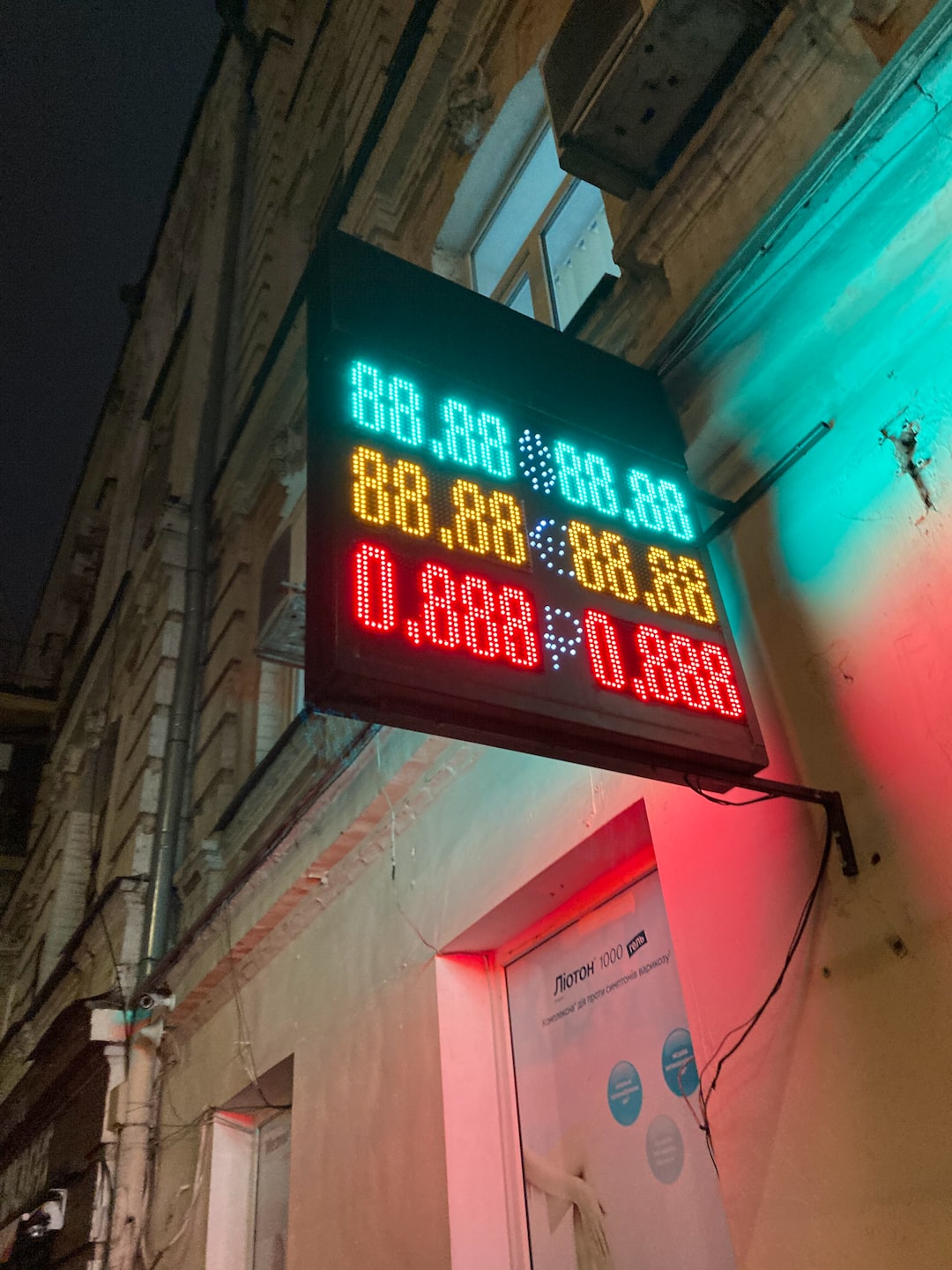Forex trading has become more accessible than ever before with the advent of online trading platforms. However, traders often find it challenging to monitor the market round the clock and make profitable trades regularly. This is where forex robots come in handy. A forex robot is a piece of software that automates your trading activities to help you make better trading decisions. In this article, we will explain how you can create your own forex robot.
Step 1: Choose a trading platform
The first step to creating your own forex robot is to choose a trading platform. There are several trading platforms available in the market, but the most popular ones are MetaTrader 4 (MT4) and MetaTrader 5 (MT5). These platforms offer a wide range of tools and features that you can use to develop your forex robot.
Step 2: Learn a programming language
To create a forex robot, you need to have a basic understanding of a programming language. The most popular programming language for developing forex robots is MQL4 and MQL5, which are the programming languages used in MT4 and MT5 platforms, respectively. You don’t need to be an expert in programming, but you need to understand the basics of the language to develop a forex robot.
Step 3: Develop a trading strategy
The next step is to develop a trading strategy. A trading strategy is a set of rules that determine when to enter or exit a trade. There are several trading strategies that you can use, such as trend-following, momentum, and mean reversion. You can also use a combination of these strategies to develop a more robust trading strategy. Once you have developed your trading strategy, you need to convert it into a programming code.
Step 4: Code your trading strategy
The next step is to code your trading strategy using the programming language you have chosen. You can use the built-in editor in MT4 or MT5 to write your code. If you are not familiar with coding, you can hire a programmer to do it for you. It is essential to test your code thoroughly before using it in live trading. You can use backtesting to test your code and see how it performs in different market conditions.
Step 5: Test your forex robot
Once you have coded your forex robot, you need to test it in a demo account. A demo account allows you to test your forex robot in a simulated trading environment without risking real money. You can test your forex robot’s performance by running it for a few weeks or months and analyzing its performance.
Step 6: Optimize your forex robot
After testing your forex robot, you may need to optimize it to improve its performance. You can optimize your forex robot by adjusting its parameters, such as stop-loss and take-profit levels, and other trading rules. You can also use optimization tools available in MT4 and MT5 platforms to optimize your forex robot automatically.
Step 7: Deploy your forex robot
After optimizing your forex robot, you can deploy it in a live trading account. It is essential to monitor your forex robot’s performance regularly and make necessary adjustments if needed. You can also use a VPS (Virtual Private Server) to host your forex robot, which ensures that your forex robot runs 24/7 without any interruptions.
Conclusion
Creating your own forex robot may seem like a daunting task, but it is not as complicated as it sounds. With the right tools, knowledge, and skills, you can create a profitable forex robot that can help you make better trading decisions. Remember to test your forex robot thoroughly before using it in live trading and monitor its performance regularly. With patience and persistence, you can create a forex robot that can help you achieve your trading goals.





